East-West International School in Cambodia continues to set itself apart by fostering creativity and critical thinking among its students. Recently, Grade 5 students participated in an engaging project where they constructed 3D brain models using clay and playdough. This hands-on activity was more than just an art exercise; it was a carefully designed learning experience that blended science, innovation, and collaborative learning.
From the start, students were tasked not only with creating accurate models of the brain but also with labeling the major parts. This process encouraged them to go beyond memorization and to actively engage with the material. By connecting the models to Gardner’s Theory of Multiple Intelligences, the activity demonstrated how different brain functions support diverse learning styles.
Linking Science to Real-Life Learning
What makes this project so impactful is how it bridges classroom knowledge with real-life application. Instead of passively reading about brain functions, students visualized and shaped them in three dimensions. This strengthened their understanding of neuroscience basics while nurturing problem-solving skills.
Teachers guided students to identify how brain regions relate to intelligence types—such as linguistic, logical, spatial, and bodily-kinesthetic. By doing so, learners gained insight into how they themselves process information and interact with the world. This self-awareness is a valuable tool for lifelong learning and personal growth.
Hands-On Learning: A Powerful Teaching Approach
East-West International School has always emphasized experiential learning as a cornerstone of its teaching philosophy. Hands-on projects like the brain model activity highlight the benefits of active participation. Students used playdough to mold different brain structures, reinforcing their retention through tactile engagement.
Collaborative teamwork was another important aspect of this activity. As students worked together, they shared knowledge, solved challenges, and celebrated their creations. These interactions nurtured communication skills, empathy, and leadership qualities, all essential for success in today’s interconnected world.
Fostering Creativity and Critical Thinking
The brain model project is a strong example of how East-West International School cultivates both creativity and critical thinking. Constructing models required imagination and design skills, while labeling and linking them to theories involved logical reasoning and analytical thought. The balance of these two skills ensures that students are not just absorbing information but applying it meaningfully.
This approach aligns with the school’s mission to prepare students for academic excellence and real-world problem-solving. By encouraging them to think critically, create innovatively, and reflect on their learning, East-West International School provides a well-rounded education.
Preparing Students for the Future
Education today must go beyond textbooks, and East-West International School embodies this philosophy. By integrating projects that combine science, creativity, and teamwork, the school ensures students develop versatile skills. These experiences not only strengthen academic knowledge but also prepare learners to adapt to new challenges with confidence.
The Grade 5 brain model activity shows how international schools in Cambodia can lead the way in delivering holistic education. Parents and educators alike can see the value of such projects in shaping independent, motivated, and capable learners.
For more details about schools like this, if the information about the school is not accurate and insufficient Contact us.
Do you want to register your school, Click Here.

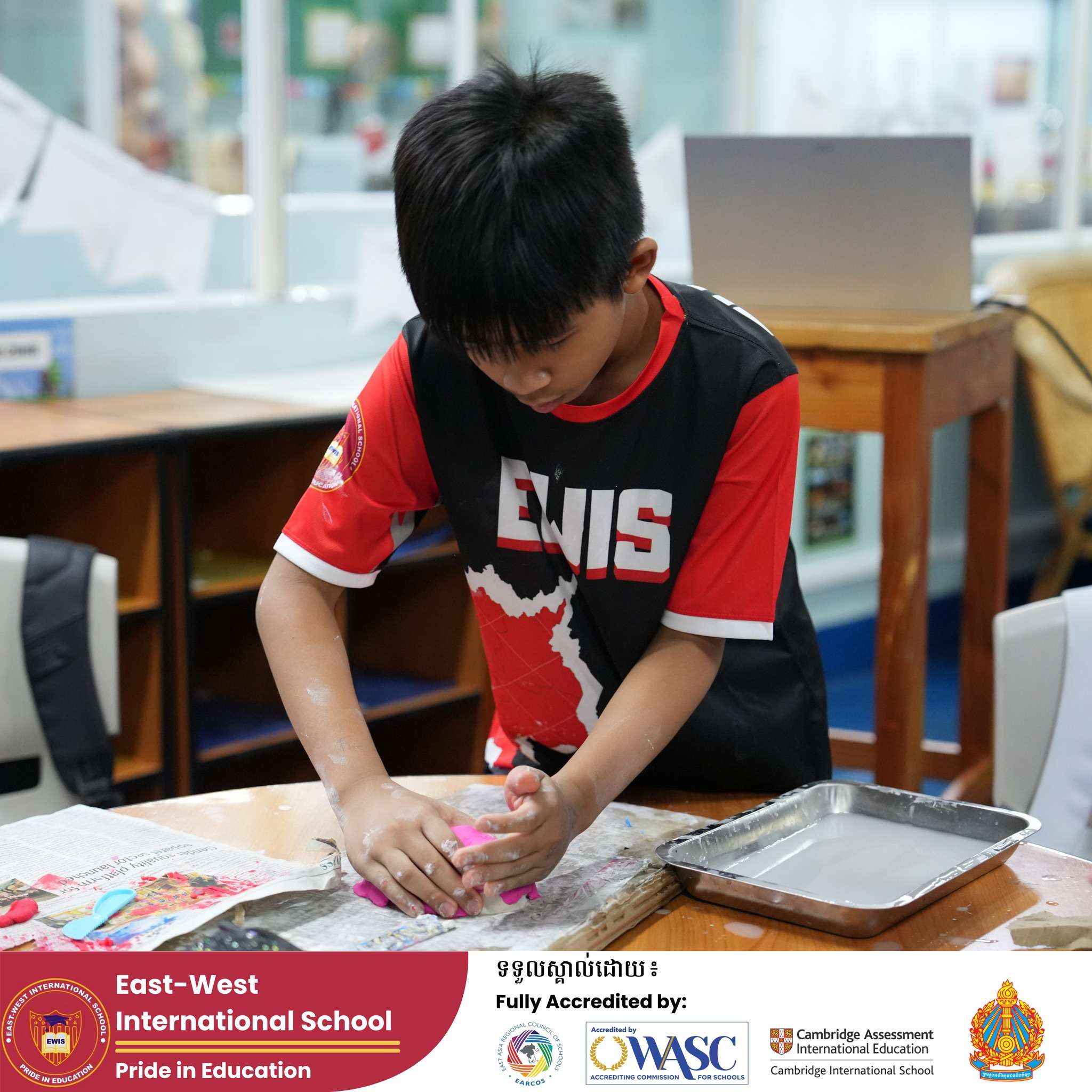


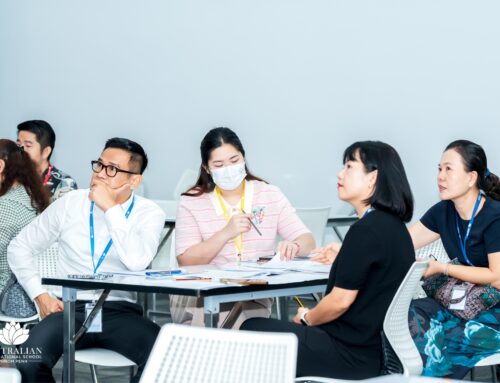
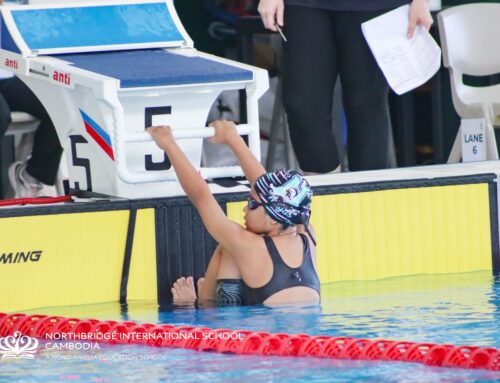
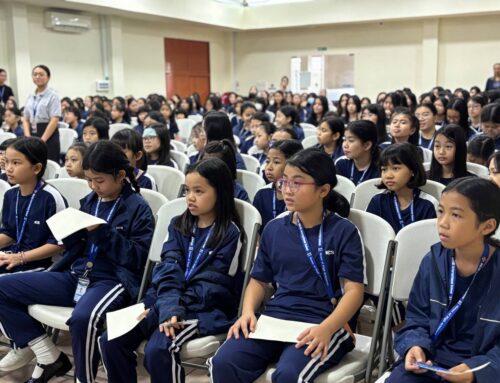
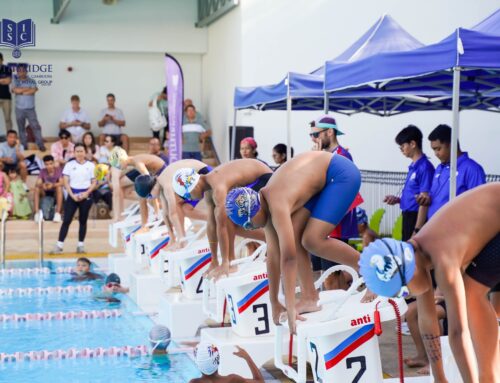
Leave A Comment